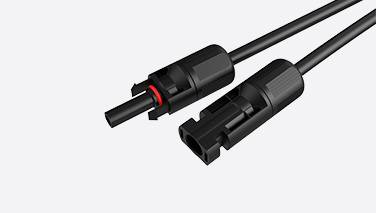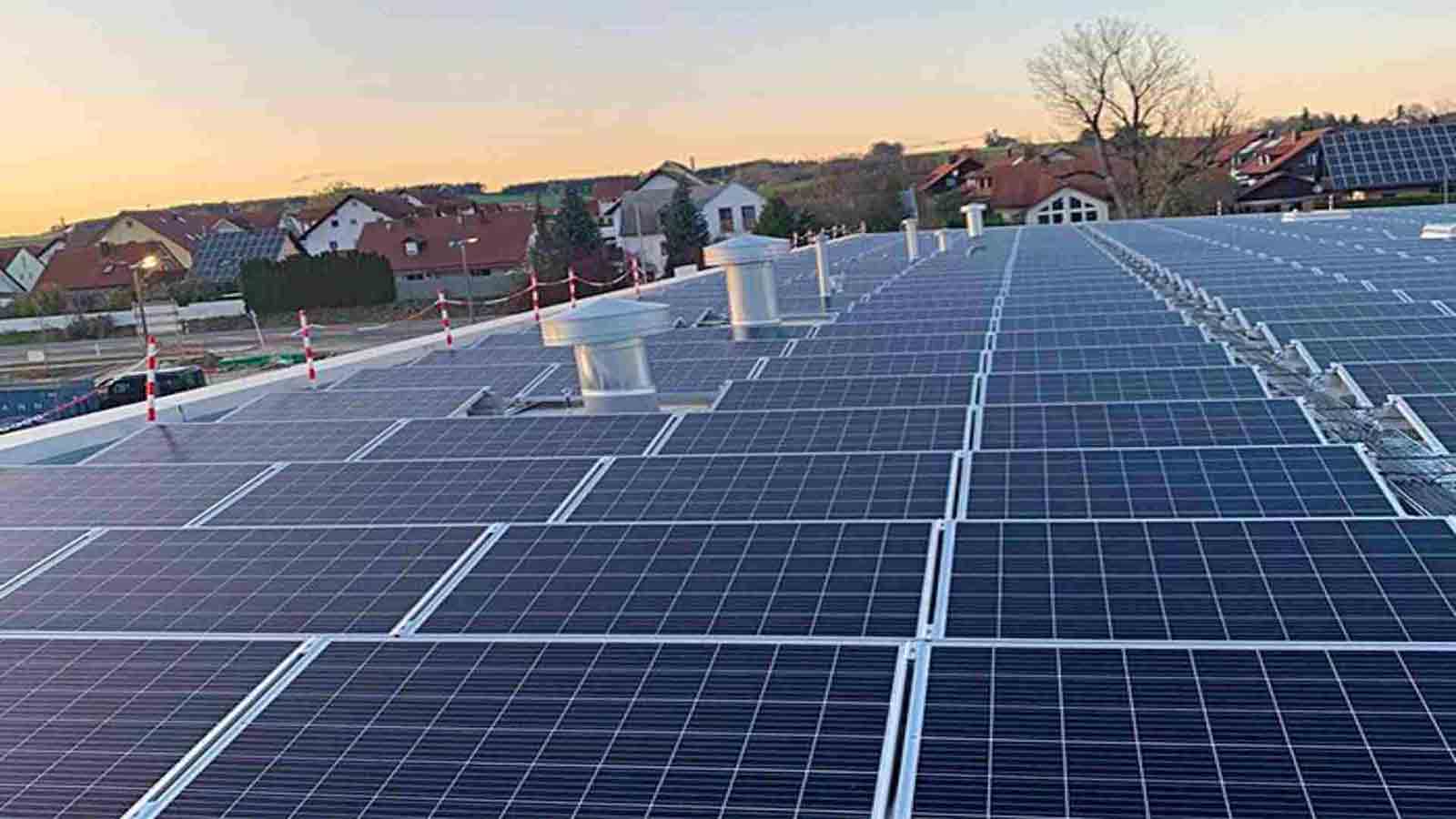Pakistan's Solar Market: Supply-Demand Imbalance and Investment Opportunities
NOVEMBER 7ST,2024
Pakistan’s solar market is currently facing a supply-demand imbalance. According to BloombergNEF's report in August 2024, Pakistan imported 13 GW of Chinese solar modules in the first half of 2024, while the country’s demand in 2023 was around 3.5 GW. How did Pakistan become the third-largest market for Chinese PV module exports in early 2024?
Muhammad Mujahid, executive director of Pakistan-based solar distributor Innovo Corp., explains, “In 2022, Pakistan's central bank ran out of dollars.” For years, the country has been grappling with a trade deficit, and this reached its peak two years before the surge in module imports.
“Our foreign exchange reserves were very low, and the government had to secretly restrict imports,” Mujahid says, explaining that only essential goods like medicine and food could be imported. Distributors like Innovo were unable to import solar modules for nearly nine months.
Solar as a Commodity
Despite import restrictions, some modules still made their way into the country. In Pakistan, imports typically require a letter of credit (LC), a guarantee issued by the importer’s bank for foreign exchange transactions. However, during the 2022 foreign exchange crisis, LC approvals were restricted, creating opportunities for businesses that earned foreign currency through exports.
Hussain Khan, commercial director of Wateen Energy Solutions, a renewable energy division of telecom giant Wateen Telecom, explains, “If I import solar panels directly from an OEM at $0.15 per watt, in the local market, people will pay $0.30 per watt.” The profit margin was as high as 100%, prompting many companies to jump into the business, even those traditionally involved in exporting other goods like rice.
Mujahid adds that the lack of solar expertise was not an obstacle. He points out that the commoditization of solar modules meant that “you can import components from top-tier manufacturers and sell them in the market. It’s not that hard.”
However, by 2024, the market faced an oversupply of solar panels, leading to lower profits and even losses in module sales.
Still, Mujahid believes that a mass exit from the market is unlikely. “These businesses may need six months or even a year of losses before they exit because they’ve made a lot of money already,” he says.
Investment in Solar
A significant portion of solar investments has come from the commercial and industrial (C&I) sector, as multinational companies and local firms continue to heavily invest in solar projects.
“Anyone with capital is choosing solar,” says Khan.
Wateen Energy Solutions has installed 30 MW of solar in 18 months and plans to add around 50 MW by 2025. The company’s portfolio includes a 100 kW array for Coca-Cola Exports and a 4.5 MW system for Master Group, one of Pakistan’s leading corporate groups.
Khan describes solar power as “the most straightforward investment,” as solar arrays can generate a return on investment (ROI) in just 18 months to two years.
The short payback period is not only due to the low cost of modules. For facilities with up to 1 MW capacity and a three-phase grid connection, net metering rates are quite generous, though the government is considering lowering them. Even if the net metering rates become less favorable, solar will remain an attractive investment due to rapidly rising electricity costs in Pakistan.
The National Electric Power Regulatory Authority (NEPRA) has attributed the unprecedented rise in electricity costs in its 2023 industry report to a variety of factors, including currency depreciation, reduced power demand, high transmission and distribution losses, theft, and poor governance of the entire electricity sector.
NEPRA also pointed to capacity payments (the fixed fees utilities pay to power plants regardless of the amount of electricity they generate) as a major factor driving up electricity prices.
According to the Institute for Energy Economics and Financial Analysis (IEEFA), Pakistan is facing a severe capacity payment crisis.
IEEFA reports that between the 2019-20 and 2023-24 fiscal years, Pakistan paid PKR 6 trillion ($21.5 billion) in capacity payments, while its energy revenues totaled only PKR 5 trillion. Capacity payments are expected to rise to PKR 2.1 trillion in the 2024-25 fiscal year.
Capacity payments make up more than half of Pakistan’s electricity tariff set by the Central Power Purchasing Agency (CPPA) in June 2024. This is because long-term power purchase agreements (PPAs) signed with independent power producers (IPPs) are often linked to the U.S. dollar. When the rupee depreciates, the cost of these capacity payments rises.
“We can’t easily get out of these legacy contracts because they are legally binding and last 25 to 30 years,” said Haneea Isaad, an energy finance expert at IEEFA and co-author of the Pakistan net metering report. “When Pakistan signed these contracts in the 1990s and early 2000s, the country was facing a major energy supply shortfall. The government had to offer premium prices in U.S. dollars to attract foreign investors. Unfortunately, since then, our power sector hasn’t changed much, and we are still forced to offer similar incentives to attract investment.”
Deals and Power Purchase Agreements (PPAs)
For businesses looking to bypass rising electricity costs, signing their own power purchase agreements (PPAs) is an effective solution. Omar M. Malik, CEO of solar company Shams Power, says his company was the first to sign power supply contracts with industrial and commercial clients in Pakistan after receiving the necessary regulatory approvals. The company now owns and operates nearly 40 MW of solar capacity on industrial and commercial land and sells power to clients at a price lower than grid rates.
“Our business model is to do everything,” says Malik. “We fund projects, build them, operate and maintain them for 15 to 20 years, and sell power to C&I customers at a discount to grid prices. In some cases, our customers even get 70% off.”
Shams Power’s grid-connected solar PPA portfolio includes projects such as a 5 MW rooftop system for German wholesaler Metro Cash & Carry, a 5.5 MW ground-mounted system for Coca-Cola, and a 2.5 MW system for Mondelez, a global candy maker. Other projects include solar installations for hospitals and universities, with savings used to fund scholarships, improve facilities, and reduce healthcare costs. Despite rising financing costs impacting the PPA market, Malik says the company continues to grow rapidly.
For developers like Shams Power, new opportunities could emerge in the future. Pakistan has already introduced regulations that aim to replace the single-buyer power model with a competitive wholesale electricity market, though implementation has been slow. However, electricity wheeling (paying to transfer power between different buyers and sellers through the public grid) is likely to become an option for solar investors in the near future.
Shams Power’s Chief Operating Officer, Irteza Ubaid, says, “The electricity wheeling regulations have been in place since 2015, with revisions implemented in 2022. From a legal and technical standpoint, wheeling is a viable option for us. The only outstanding issue is the pricing structure set by the distribution companies or the grid operator. We were one of the early applicants for electricity wheeling, and we are confident that we will soon get approval. We expect this process to be completed within the next year or 18 months. Once approved, we are ready to seize the opportunity and implement our electricity wheeling plans.”
Ubaid added that Shams Power has a potential transmission pipeline of 500 MW, with clients including large multinational companies in the fast-moving consumer goods (FMCG) sector, such as Unilever, PepsiCo, Nestlé, and Coca-Cola.
Government Concerns
The Pakistani government is well aware that the private sector is eager to deploy solar capacity quickly to meet its own consumption needs. However, this could exacerbate the country’s capacity payment issues.
Syed Faizan Ali Shah, a national renewable energy and grid integration expert and co-author of IEEFA’s Pakistan net metering paper, says, “If we open up the market and don’t impose limits on solar generation, all industrial consumers will find a way to offset their energy needs by signing contracts for cheaper power from other regions.” If this happens, he adds, all the government-purchased power plants will sit idle, and the question will be: who will pay for those power plants?
This is a major issue, as it could disrupt market norms, but the problem is unavoidable. “Regardless of the situation, we still need to pay for these generation plants,” Faizan explains.
In summary, while Pakistan’s solar market offers significant potential, the intense competition and evolving policy landscape remain critical factors for investors to consider. As technology advances and policies are gradually implemented, Pakistan’s solar industry is poised to become one of the most dynamic markets globally.


















